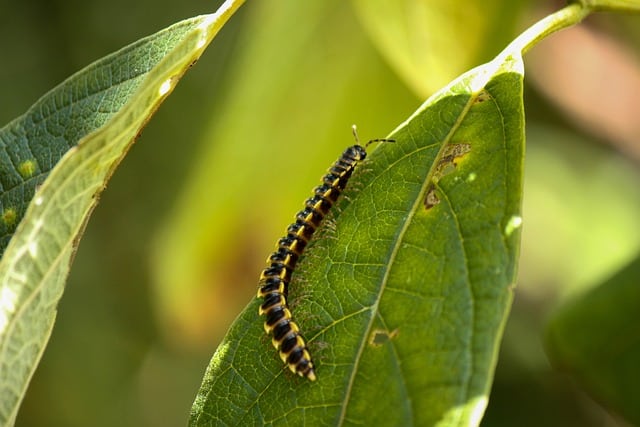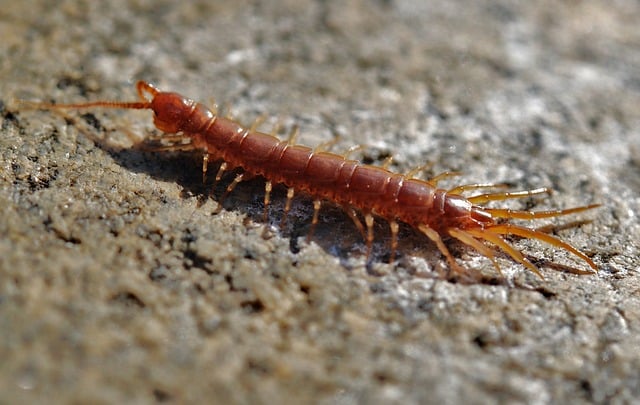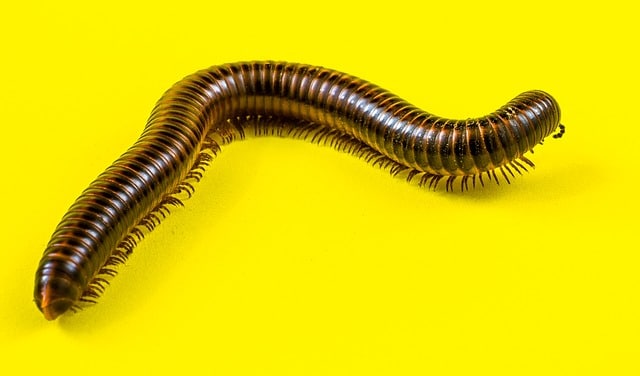Centipedes, commonly referred to as house centipedes, possess elongated bodies and numerous jointed legs. Unlike millipedes, these agile insects are renowned for preying on household pests such as moths and flies. Despite our inclination to eliminate them from our living spaces, they can prove to be unexpectedly beneficial. Delve into their characteristics and habitats as we provide a comprehensive guide to centipedes.
Is human poisoning possible from centipedes?

Their bites, particularly from larger ones, can cause significant pain. Despite not being usually life-threatening, their venom serves as a defense mechanism, inflicting discomfort.
If bitten, you’ll likely observe redness or swelling around the bite. Most symptoms vanish within 48 hours (apply cold water if irritated). In rare cases, the bite might lead to a severe infection, necessitating a visit to your GP for guidance.
Should you kill them?

House centipedes, natural predators of pests, seek home-invading bugs. They combat roaches, flies, and more.
Prevent centipede intrusion by deterring their prey, sealing cracks, and maintaining cleanliness. Centipedes hide in walls, boxes, and drains. Declutter, and reduce warmth to deter their reproduction.
What’s causing centipedes to infest your home?

House centipedes thrive in damp, dark spaces. Moisture-ridden homes become inviting targets. They’re often discovered in wardrobes, bathrooms, cellars, and sinks.
They hunt other pests relentlessly and might even seek the warmth of your bed, particularly if bed bugs are present. Maintain a clean mattress and bedding to deter them.
What are their characteristics?

They typically display hues ranging from yellow to deep brown. Their bodies sport occasional stripes or markings. Alongside their numerous legs, you’ll observe lengthy antennae on their heads adorned with thick hair. Despite their modest size, these insects are swift movers.
